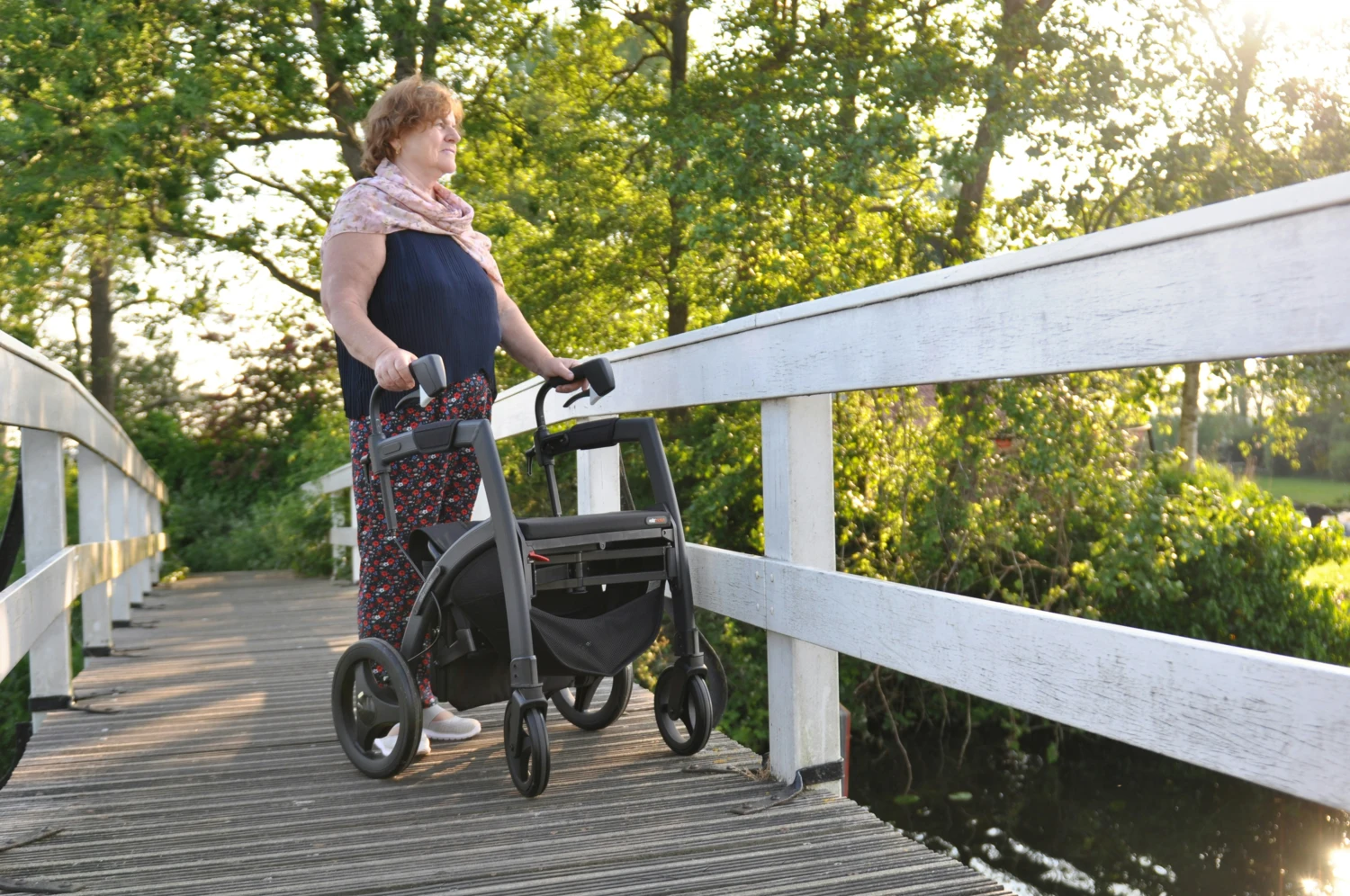A student who presented to the University of Wollongong campus medical clinic with flu-like symptoms on Wednesday 4 March has undergone testing and returned a negative result to the COVID-19 coronavirus.
There have been no confirmed cases of coronavirus among UOW students and staff.
While the University understands the media’s interest in the global coronavirus outbreak, it requests that journalists please respect the student’s privacy as she returns to her studies. The media attention that has been focused on her – for what was routine, precautionary testing – has caused her undue distress.
UOW staff will continue to provide support to the student to ensure her wellbeing during this period.
The University places the highest priority on the health and safety of students, staff and the communities in which it operates.
The University does not want other individuals to hold back from seeking medical assistance for fear of unwarranted media attention.
UOW routinely helps students access health services when required, particularly international students who are unfamiliar with the Australian health system.
People who suspect they may have the symptoms of a virus, are advised to phone a general practitioner or their local hospital to discuss their symptoms.
Common signs of infection include respiratory symptoms, fever, cough, shortness of breath and breathing difficulties.
Individuals can minimise risk of infection and avoid the spread of disease by practising positive hygiene principles: washing hands regularly using soap or alcohol-based hand wash; covering your mouth and nose with your elbow or a tissue when coughing and sneezing; discarding used tissues immediately in the bin; not attending work or study if unwell.
UOW will continue to follow the advice and directions set by the Australian Government and NSW Health in its response to this outbreak.
UOW staff continue to work closely with the health authorities to provide a safe environment for the students, staff and community. The University has long-established public health procedures in place that have been refined from experience during previous influenza pandemics such as SARS in 2003.








